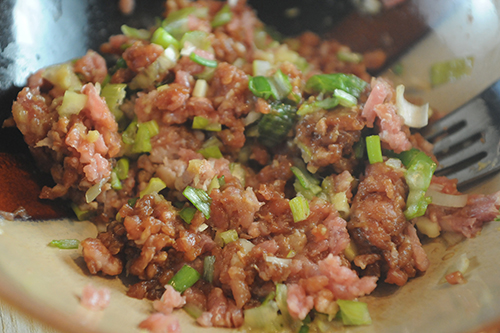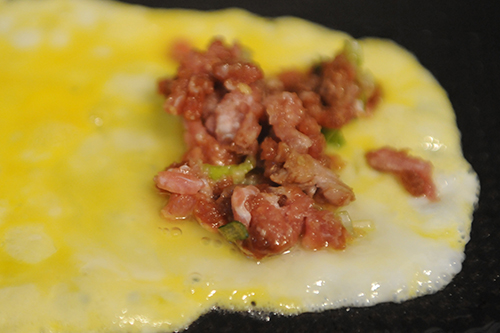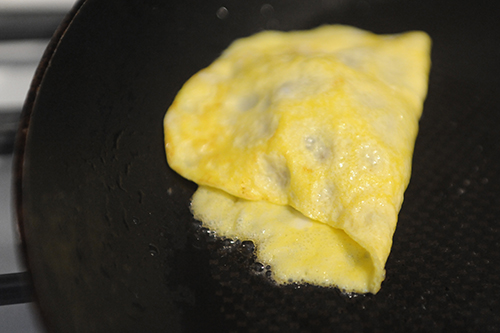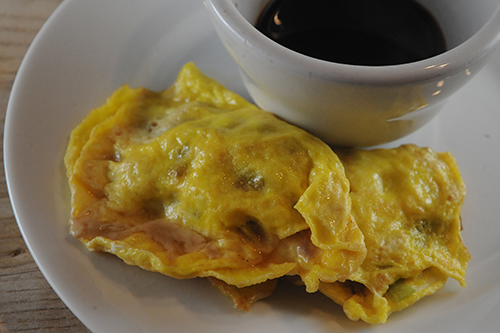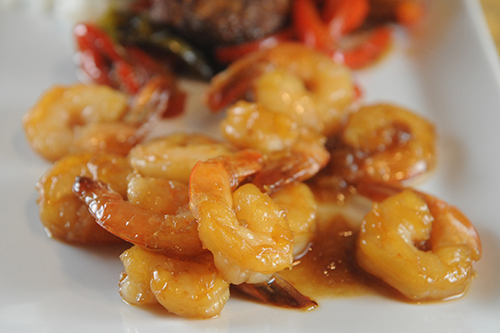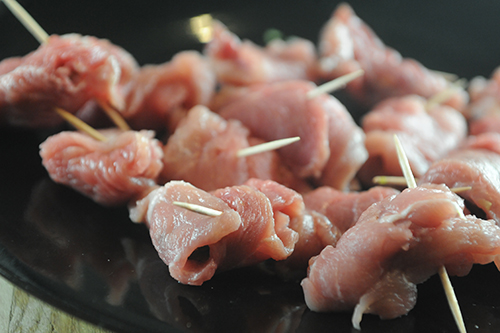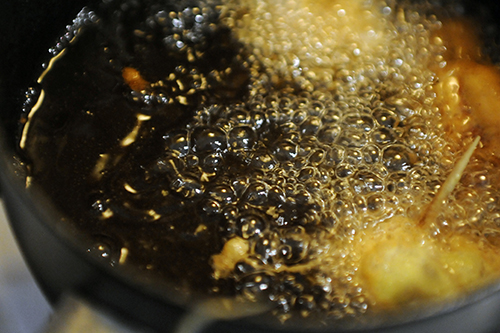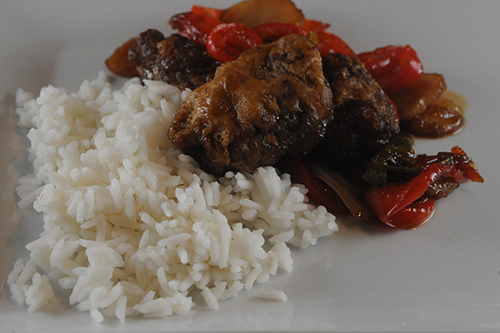Every now and then I get a message from someone who lives in or is from one of the countries on my list. I love it when this happens, because to be honest I feel woefully inadequate sometimes, especially when I have to depend on the internet to find recipes. Which is most of the time.
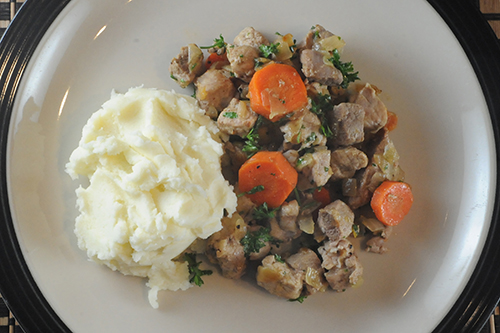 |
Most of the time I think I do a pretty good job, but sometimes I get it wrong, and when I do I want to be told about it. Politely. Because I really do try, and I don't actually enjoy emails written by irate senders who accuse me of giving their beloved country a bad name, and I especially don't like it when some one parachutes in and goes "you did that wrong" but then leaves without actually telling me how to do it right.
 |
| Prague, Czech Republic. Photo by Flickr user szeke. |
So I appreciated the message I got from Iva, a Czech who saw my Czech Republic entry and thought maybe I could do a better job. I am always happy to oblige a polite request for a do-over, because I really think the very best sources for recipes are living, breathing people who live in or come from the countries on my list.
Iva sent me three recipes from the Czech Republic, and here they are:
Sour White Soup
- 1 /2 lb potatoes, peeled and diced
- 2 cups water
- salt
- 1 cup milk
- 1/2 cup sour cream
- 1-2 tbs all-purpose flour
- 1 tbsp apple cider vinegar
- 2 tbsp fresh dill, finely chopped
Pork with carrot
- 1 lb pork rump or shoulder, diced
- 2 lbs carrots, peeled and sliced
- 1-2 onions, chopped
- butter (or sunflower oil or lard)
- salt
- pepper
- pork or vegetable stock
Buns with wine custard
- 6 tbsp + 2 tsp warm milk
- 1 tbs sugar
- 7 tsp active dry yeast4 cups all-purpose flour
- pinch of salt
- 7 tbsp butter (room temperature)
- 1 egg
- 7 /8 cup yogurt
- 1 cup white wine
- 3 eggs
- 2 tbs sugar
- vanilla
So I happily did the Czech Republic over again, with great results. Here's the rundown, starting with the buns:
Proof the yeast with the sugar and milk until frothy (about five minutes). Now mix the dry ingredients together with the butter, egg and yogurt, then add the yeast mixture. Mix until you get a smooth, elastic dough (this worked great in my bread machine). Cover and move to a warm place. Let rise for an hour or so, or until doubled in bulk.
Now preheat your oven to 400 degrees and grease a cookie sheet with melted butter. In a bowl, melt another half stick of butter or so. Divide the dough into four pieces and roll them out into long, thin strips. Cut into small pieces, roughly a half inch wide. Now, mine were bigger than that, partly due to laziness and partly due to ... OK let's face it, laziness.
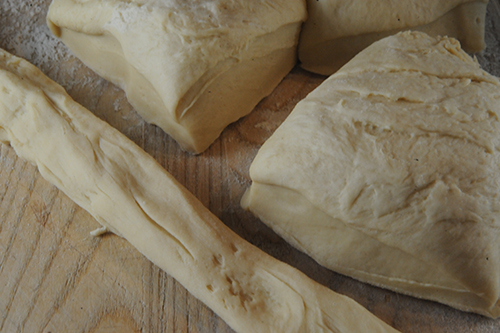 |
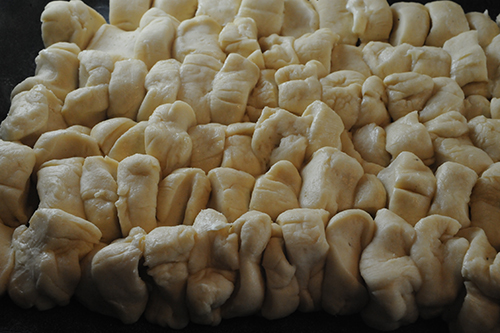 |
Meanwhile, make the custard. Mix the ingredients together and cook over low heat until the mixture thickens. Confession: I just used a premade custard because using raw eggs in anything terrifies me. I'm sure it would have been fine, but I spent Boxing Day this year on the floor of my bathroom because I ate some cake batter with raw eggs in it. So I'm not ready to go back there yet.
Now either put the custard on the bottom of a serving bowl and put the buns on top, or vice-versa. I did vice-versa, because it looks better in a picture.
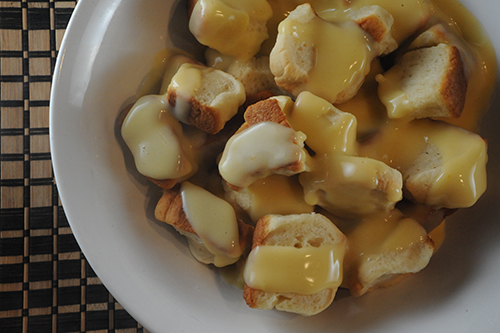 |
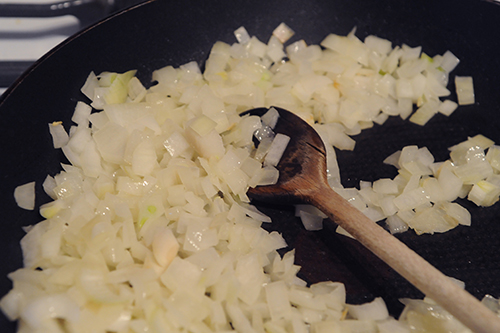 |
 |
Boil the potatoes in the water for 10 or 15 minutes, but don't drain them. Now whisk together the milk, sour cream and flour until smooth.
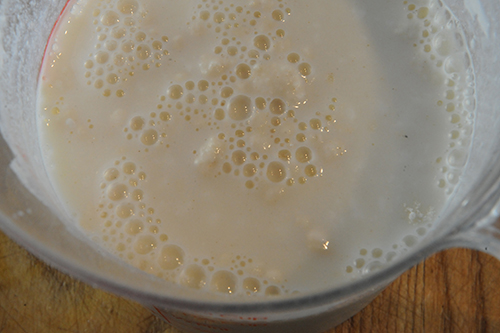 |
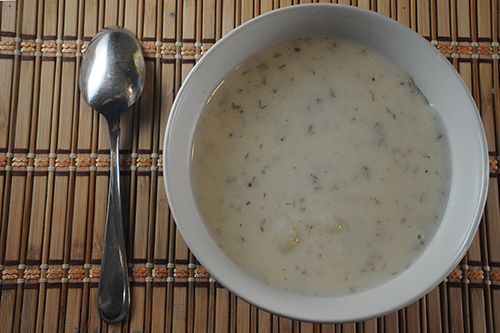 |
The pork was a nice, basic dish and the carrots weren't awful. If you read this blog you know that I really am not a huge carrot fan, and when I was eating this meal I pushed them all to the side of my plate and left them there like a picky four year old. Martin talked me into trying one and I didn't hate it. But I didn't eat all if them either.
My family, ever the bread and custard lovers, gobbled up the buns and custard and then ran wildly around the house and collapsed into a sugar coma. No, it doesn't take much for my children, because the buns weren't sweet at all and the custard was the only sugary part of this dessert. They loved it though. My kids are always keen to try new things, as long as it's dessert.
So thank you to Iva for bringing me up to Czech standards with this meal, which replaces the one I did last year. And if you're still on the fence about whether or not to send me authentic recipes from your homeland, please do (I'm going to redo one of my recipes from Barbados next week, too). Just, you know, be polite. :)
Next week: Iran (this time for sure)












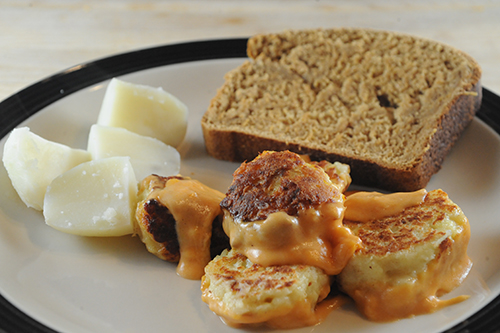
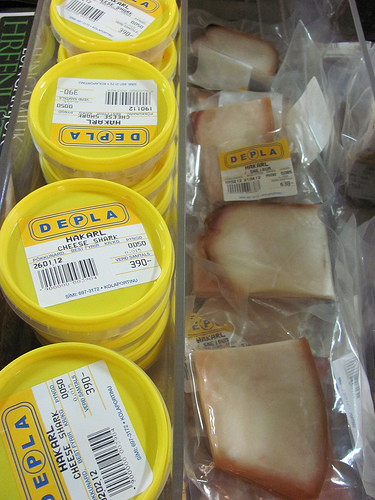
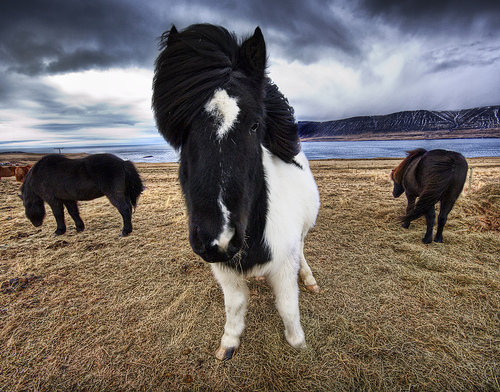
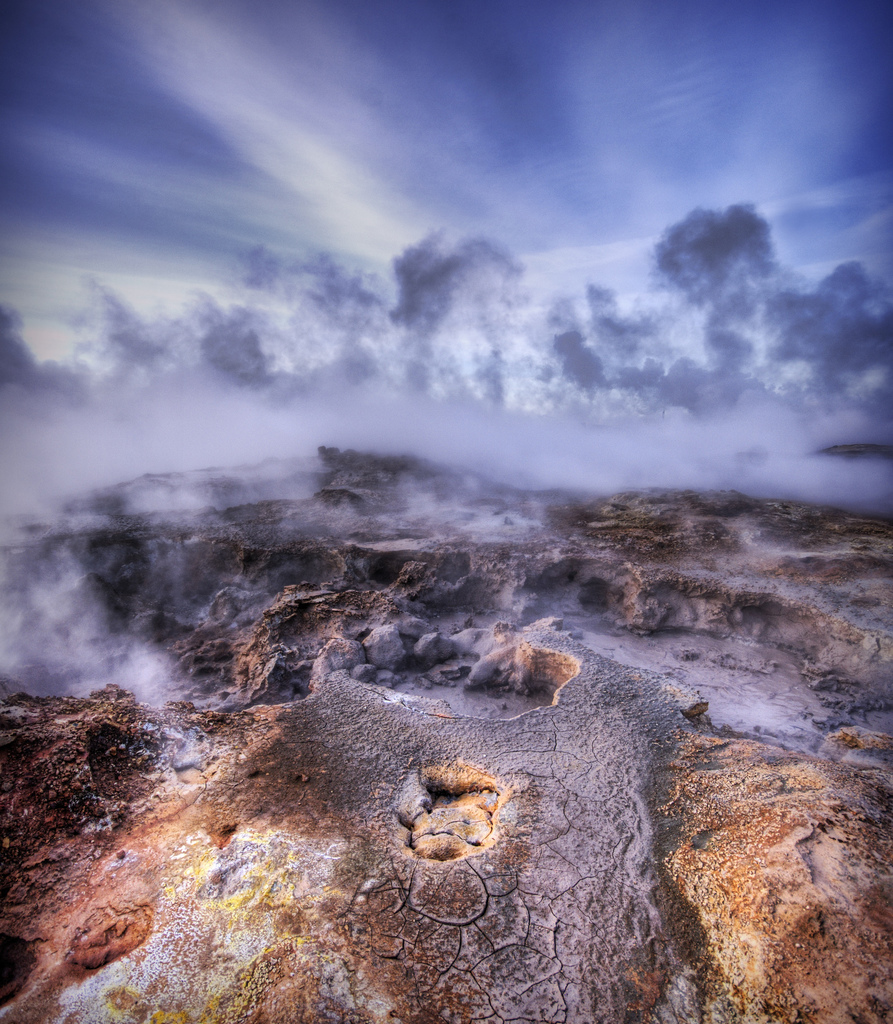
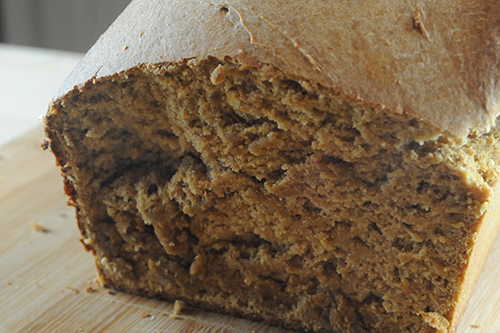
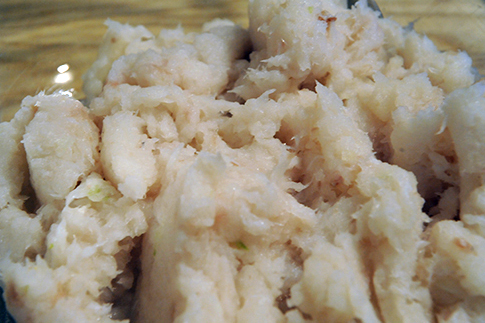
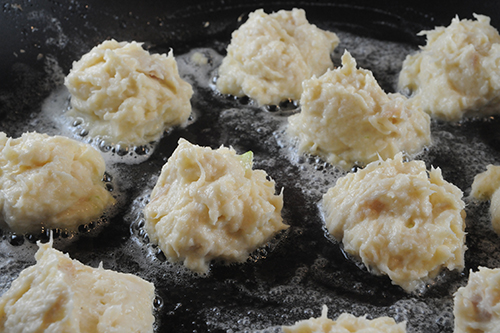
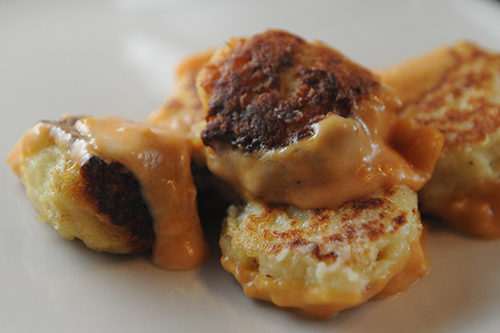
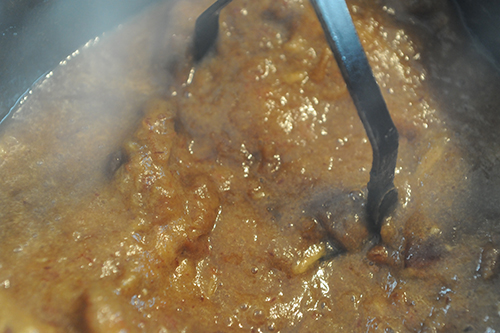
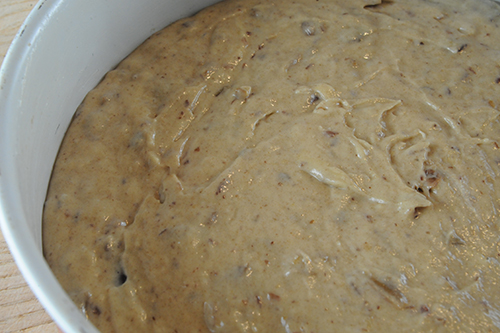
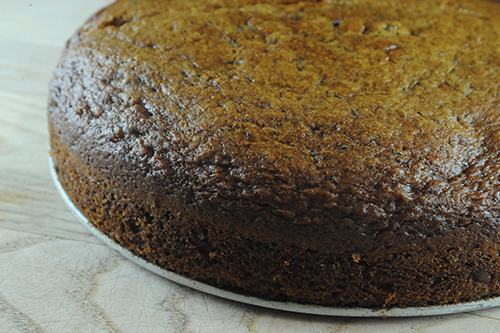
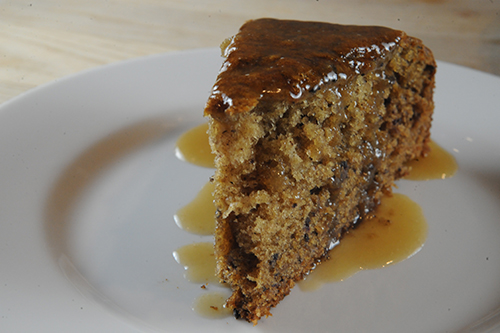
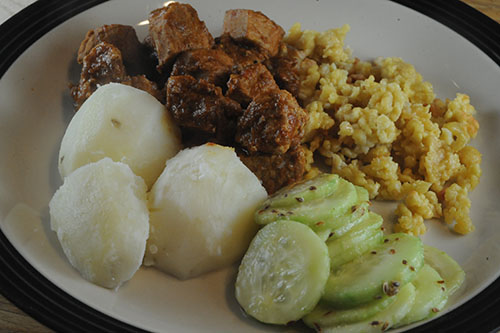
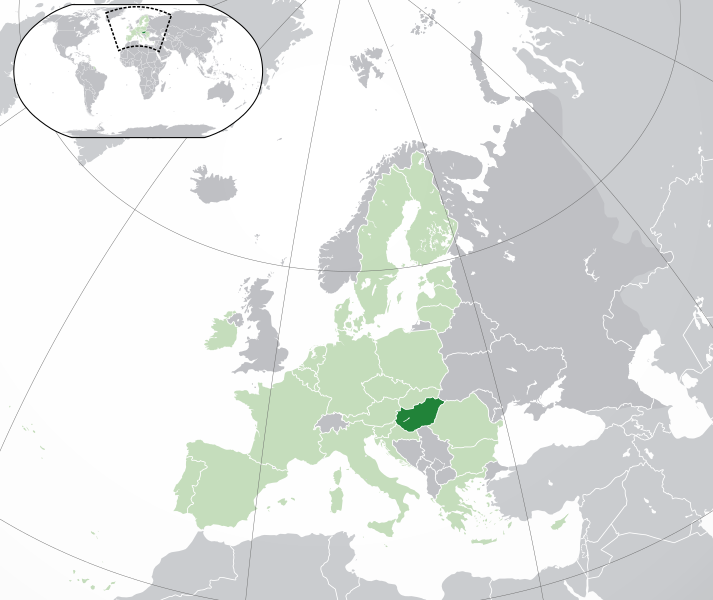

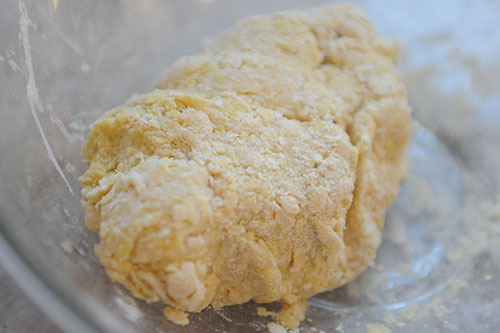
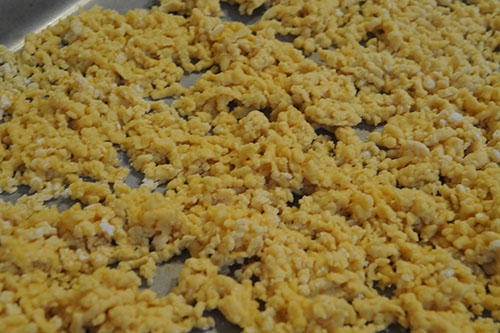
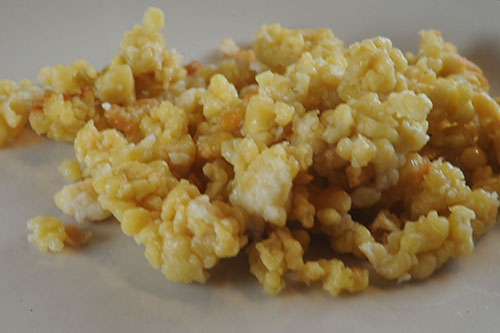
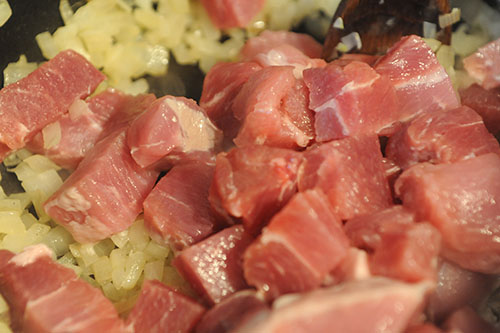
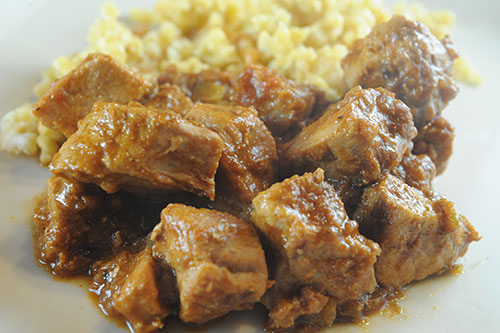
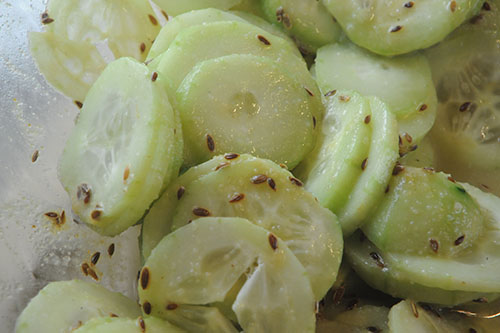
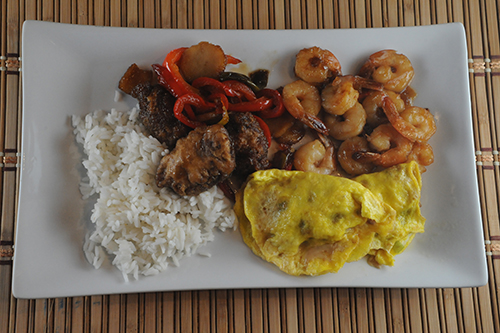

.svg/275px-Anhui_in_China_(+all_claims_hatched).svg.png)
